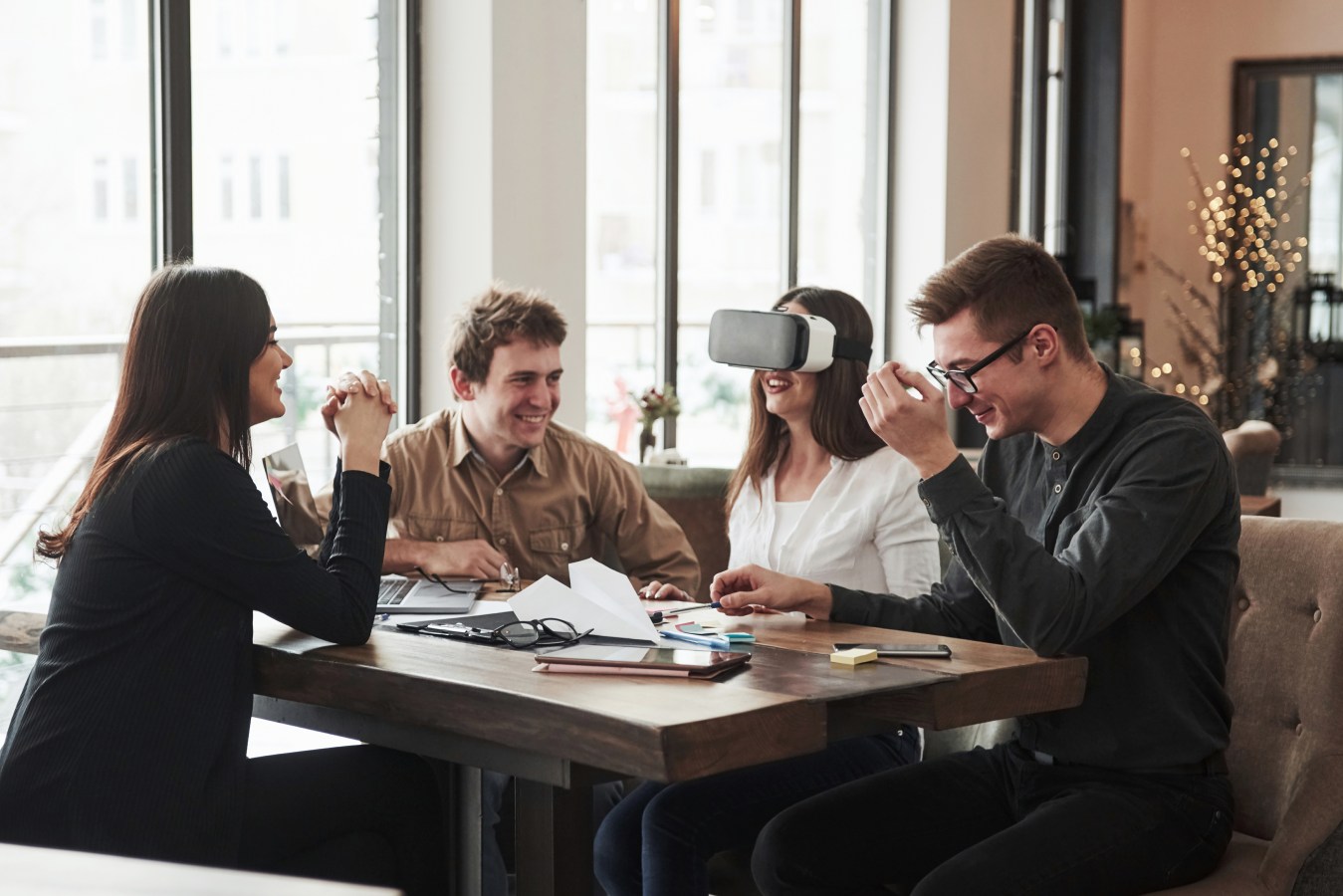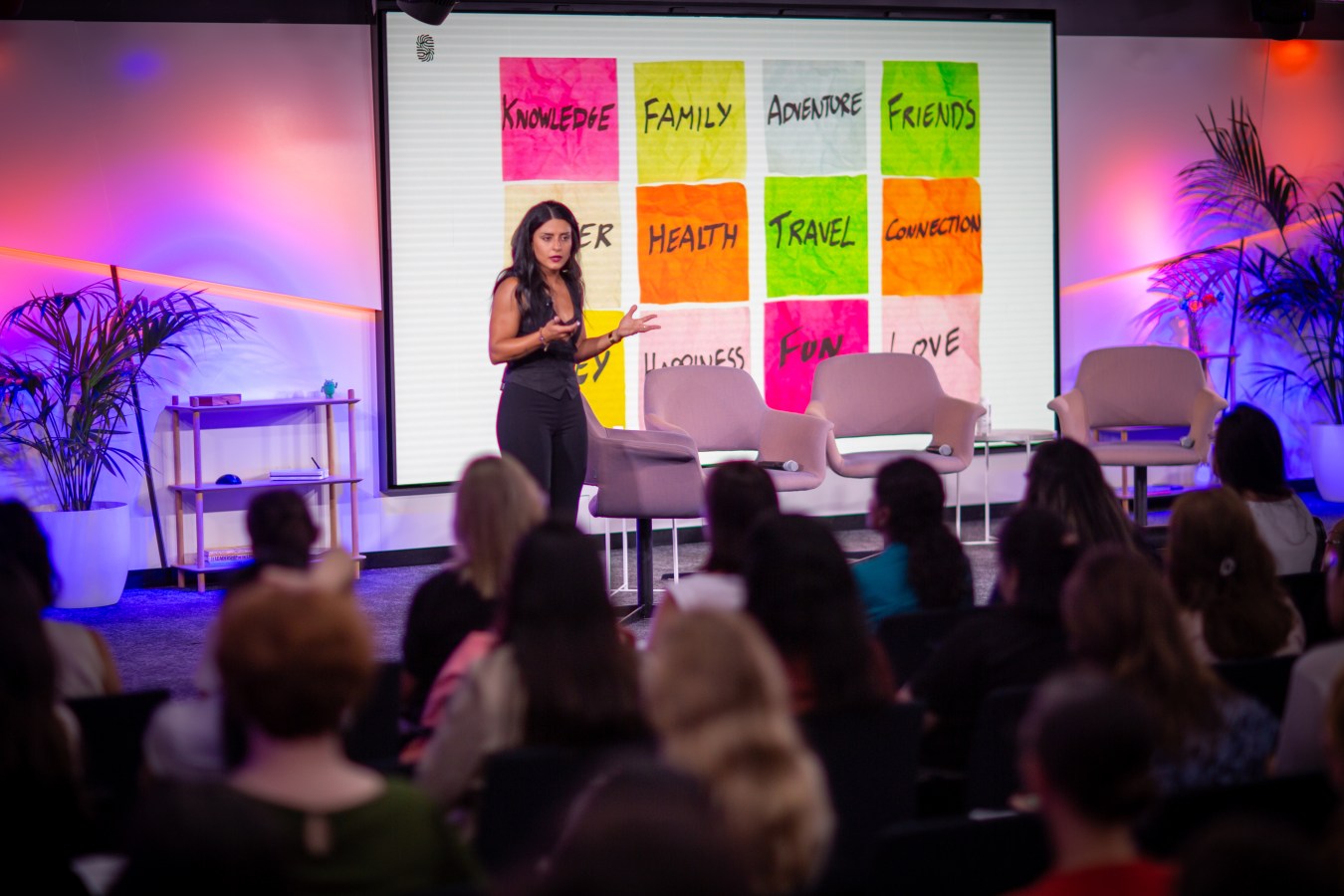Australians head to the polls this Saturday to decide who will lead the country for the next three years. Here’s everything you need to know – from key campaign policies, how to cast your vote to what to expect on election day.
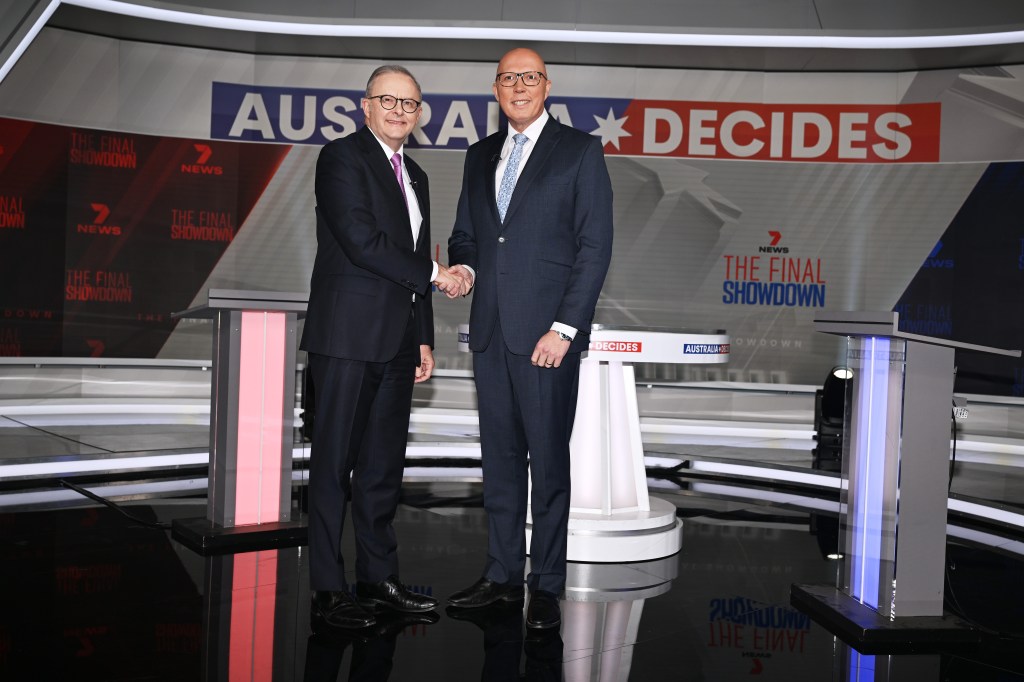
Words by Sam Hussey & Mark Whittaker
Key Takeaways
- Both sides have emphasised measures to alleviate the current cost of living crisis. Labor has promised to reduce the lowest tax rate from 16% to 14% over two years while the Coalition is offering a 25c lower fuel tax for a year.
- Labor is promising 1.2 million more homes will be built, and a $10 billion housing future fund, while the Coalition has offered mortgage tax deductibility and allowing people to access superannuation to buy a first home.
- The Coalition matched Labor’s $8.5 billion pledge to increase bulk billing. Labor promised to reduce the cost of medications to $25 a script, while the Coalition has promised to double subsidised mental health consults.
- The Coalition has pledged to pay for its promises with mass staff reductions in the public service and it has veered into the culture wars, taking on the “welcome to country” while simultaneously distancing itself from US President Donald Trump.
- Recent polling indicates a tight race, with Albanese’s Labor Party having pulled away to a slight lead over Dutton’s Liberal-National coalition. However, many undecided voters remain in play.
- Independent candidates, including many supported by Climate 200, are again mounting strong challenges in inner-city Liberal-held seats like Kooyong, Wentworth and Curtin.
Key Background
The political landscape heading into Saturday’s election is marked by significant changes since the last federal election, where Labor secured a decisive victory, ending nearly a decade of Liberal-National governance. The recent redistribution of electoral boundaries has also altered the competitive landscape, with several key seats now more vulnerable to swings.
Labor enters the election holding 77 seats in a 150-seat House. To govern in majority, either side must secure at least 76 – a threshold both parties may fall short of based on current polling.
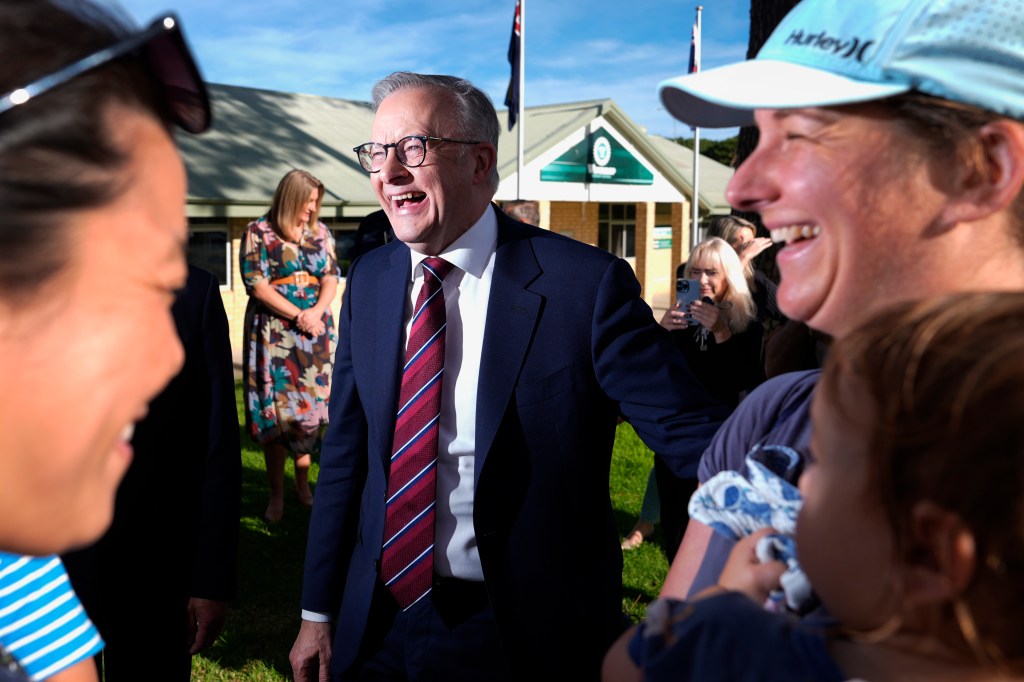
The 2025 federal election unfolds against a backdrop of significant domestic and international challenges, with the cost-of-living crisis dominating the political discourse. Inflation, high interest rates, and stagnant wage growth have intensified public concern, making economic management a central issue for voters.
Both major parties have proposed measures to alleviate financial pressures: Labor offers permanent tax cuts for low-income earners and student debt reductions, while the Coalition proposes a one-off $1,200 tax refund and fuel excise cuts .
Additionally, the debate over energy policy has intensified, with Albanese advocating for a transition to renewable energy sources, while Dutton’s support for nuclear energy has sparked discussions about the future of Australia’s energy mix.
Labor is targeting 82% renewable energy by 2030. The Coalition would halt major renewables investment and focus on nuclear, with the first plant planned by 2035.
On Donald Trump, both leaders have kept some distance. Albanese has been pragmatic, warning that Australia needs to be ready for volatility under a second Trump term – especially on trade. “We speak for ourselves,” he told reporters, referring to Trump’s proposed tariffs on Australian exports.
Related
Crucial Quotes
“We will cooperate where we can, disagree where we must, and engage in the national interest.”
Anthony Albanese, on Australia’s strategic approach to China.
“Australia must be willing to criticise any nation whose behaviour imperils stability in the region.” Peter Dutton, on foreign policy, in a speech to the Lowy Institute.
Big Number
$8.5 billion – The amount both Labor and the Liberal party have pledged for GP access, mental health and cheaper medicines.
Your guide to voting
When is the election?
Election day is Saturday 3 May 2025. Polling places open at 8am and close at 6pm sharp.
Who has to vote?
Voting is compulsory for all Australian citizens aged 18 and over. If you don’t vote, you may face a fine.
Where can I vote?
You can vote at any polling place in your state or territory on election day. Most are located at schools, halls or churches. Find your nearest one here.
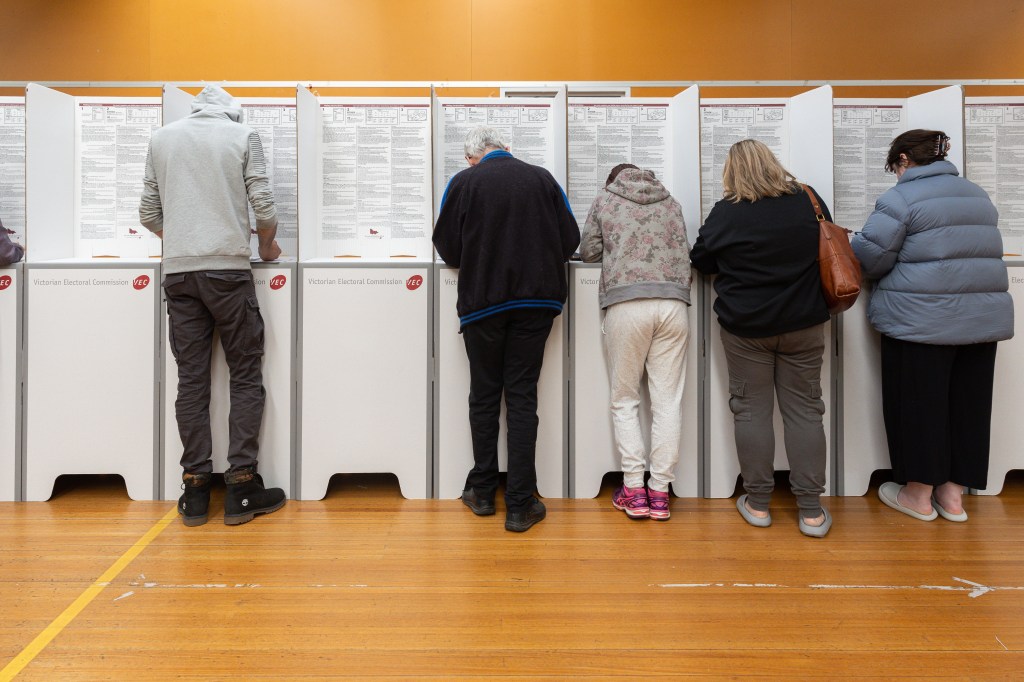
Can I vote online?
No. Online voting is not an option for the 2025 federal election.
Can I vote early?
Yes. Early voting opened on Tuesday 22 April 2025. You can vote in person or apply for a postal vote
How do I vote?
You’ll receive two ballot papers:
- A green one for the House of Representatives (your local MP)
- A white one for the Senate (your state’s Senators)
House of Reps: Number every box in order of your preferences (1, 2, 3…).
Senate:
You can either:
- Vote above the line by numbering at least 6 boxes for parties, or
- Vote below the line by numbering at least 12 boxes for individual candidates.
What electorate am I in?
You can check your electorate here. – boundaries may have changed since the last election.



